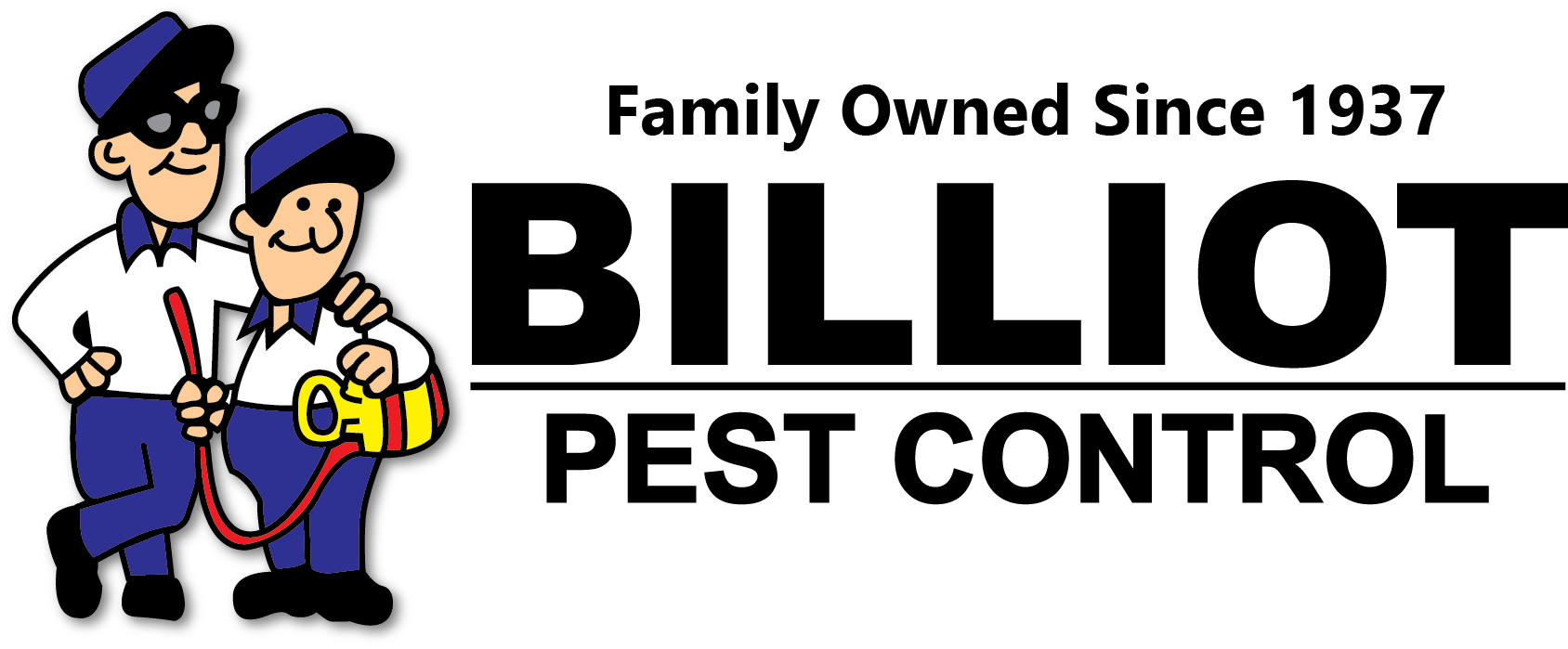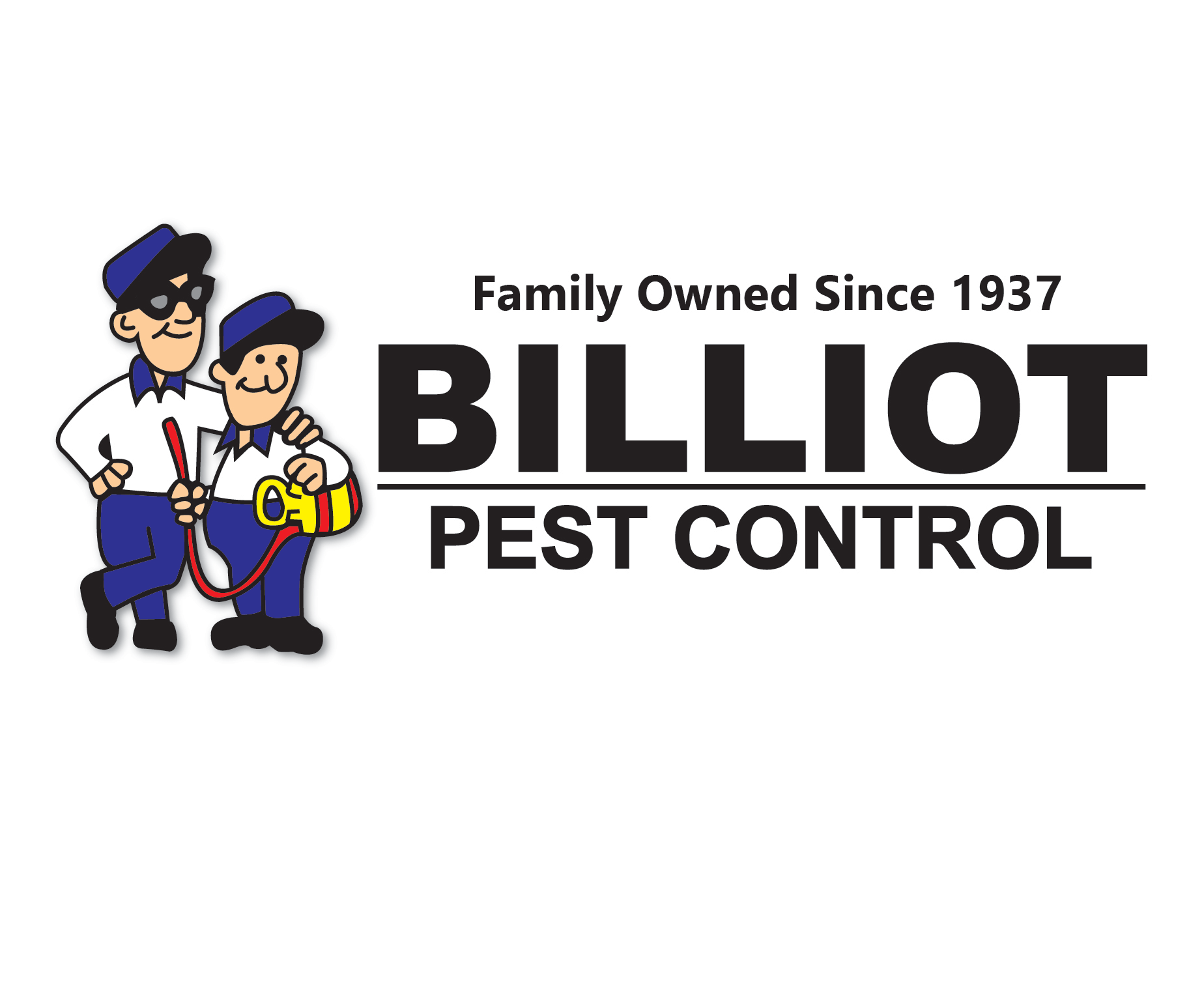Termites
Termites
Latin Name
Reticulitermes flavipes, Reticulitermes virginicus, Reticulitermes hageni, Reticulitermes tibialis
Appearance
The alates of Reticulitermes flavipes andReticulitermes virginicus are dark brown, while those of Reticulitermes hageni are yellowish brown. Alates of Reticulitermes flavipes are generally larger (approximately 0.4" long including wings) than those of Reticulitermes virginicus or Reticulitermes hageni (approximately 0.3" long). Alate wings of Reticulitermes species have two hardened and thick-ened veins that are visible along the entire front end, but lack the small hairs that are characteristic of the Formosan subterranean termite, Coptotermes formosanus Shiraki. After indoor flights, most alates are found dead near windows or in sinks and bath tubs - usually with their wings still attached.
Behavior, Diet & Habits
Subterranean termites are the most destructive insect pests of wood in the United States. Their counterpart the Formosan termites are more aggressive in the south; however, the native Subterranean are the most widespread throughout our country. They cause billions of dollars in damage each year and have a negative impact on a family’s most valuable possession— the home. When found in nature, subterranean termites help break down cellulose into usable nutrients. This results in nutrients being recycled back into the soil. Subterranean termites are important in nature; however, as pest professionals our goal is to keep them in their natural habitats and away from your homes. Once termites attack the wooden elements of homes, businesses and warehouses the damage is often excessive. The presence of termites is often hidden behind wallboards, siding or wood trim. Homeowners in all areas, especially warm damp climates like Louisiana, should watch for subterranean termites and take precautions against infestations. To minimize damage from termites, it is helpful to know the description, life cycle and signs of infes-tation of termites as well as preventive and control measures.
Reproduction
When a colony matures, the reproductive swarmers (alates) will leave the nest in search of a monogamous mate. Once they pair, the termites will then settle into a new nest to where the female begins laying eggs to create a new colony. Signs of Native Subterranean Infestation Active termite infestations can be difficult to detect. To find out if a home is infested, the structure should be checked for evidence of swarmers (including wings or dead termites in windows), mud tubes or damaged wood inside or around a structure.
More Information
- Termites have been found across 70 percent of the world and have survived environmental changes for more than 250 million years, adjusting to most any climate.
- Termites are found in every state in the United States except Alaska.
- Termites feed on cellulose, which can be found in high moisture wood.
- Americans spend more than $5 billion every year treating for termites and repairing the damage they cause.
- Termite damage can go undetected for years.
- Termite damage is not covered by most homeowners’ insurance policies.
- Some termite species need only a space one-sixteenth of an inch wide – the thickness of a piece of paper – to enter a home.
- Signs of a termite infestation include wood damage, such as small holes in wood; crumbling drywall; sagging doors; swarms of termites (usually occurring in spring); and piles of discarded wings.
- There are five major types of termites throughout the United States: Eastern Subterranean termites, Western Subterranean termites, Desert Subterranean termites, Formosan Subterranean termites and Drywood termites.
- The Termite Institute™, online at www.TermiteInstitute.com, features an interactive map with localized information on termite prevalence by state. Simply click on any state to find out what types of termites are active.
Get A Free Estimate
Free Estimate Form Submission
Thank you for contacting us.
We will get back to you as soon as possible
We will get back to you as soon as possible
Oops, there was an error sending your message.
Please try again later
Please try again later
Click Here to Call Us

Southshore 504-365-0075 or Northshore 985-893-5083
©
Copyright
Billiot Pest Control


